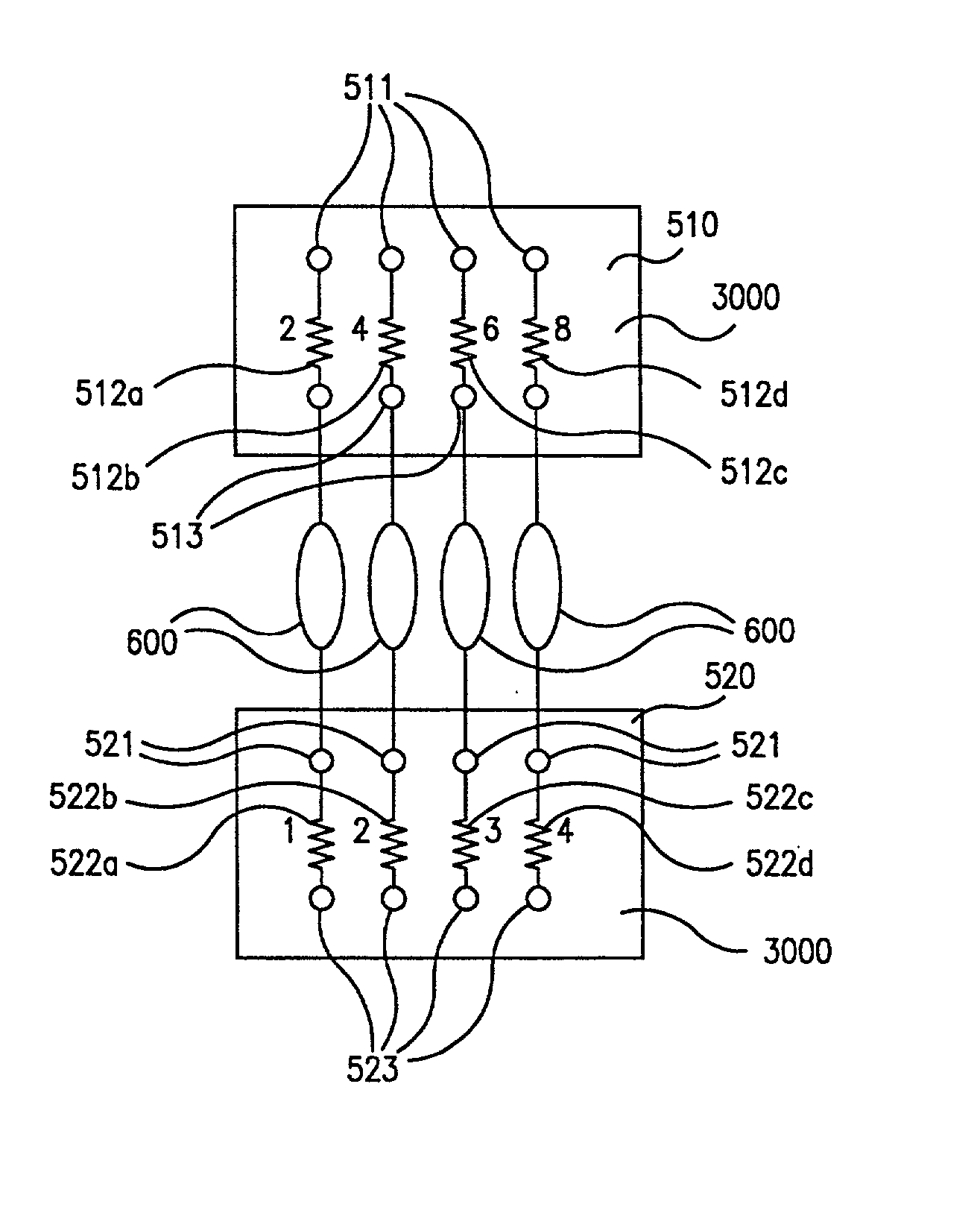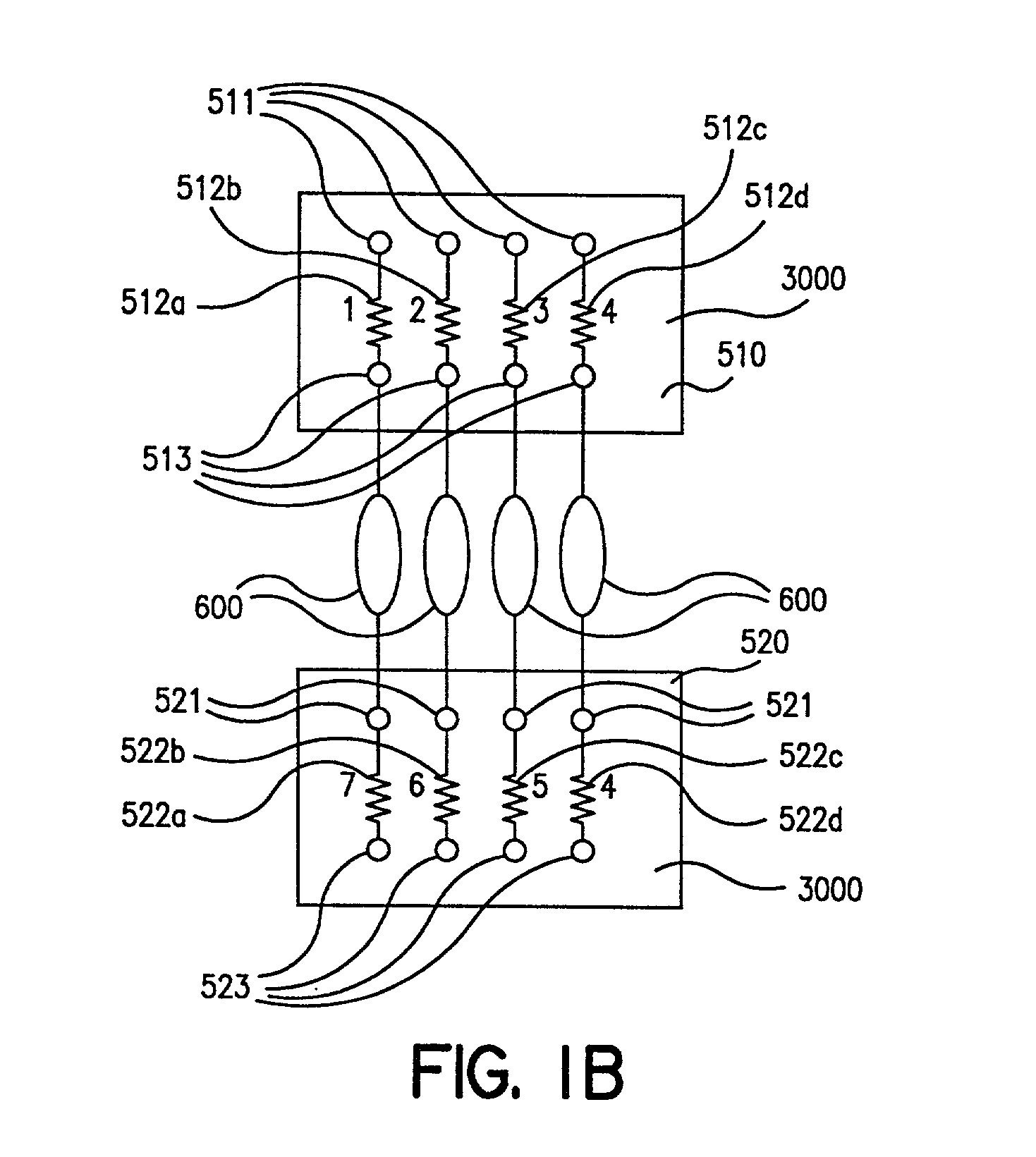Parallel flow process optimization reactors
a process optimization and parallel flow technology, applied in the field of material science research, can solve problems such as limited attention, unresolved important considerations such as distribution systems, and other reactor designs known in the art do not, however, specifically address approaches or contemplate apparatuses for investigating and/or optimizing process conditions simultaneously in large numbers of reactors
- Summary
- Abstract
- Description
- Claims
- Application Information
AI Technical Summary
Benefits of technology
Problems solved by technology
Method used
Image
Examples
example 1
[0169] Microfabrication of Flow Restrictors
[0170] Flow restrictors integral with a microchip body were formed using known microfabrication techniques.
[0171] With reference to FIG. 12A, a microchip body 3650 comprising a plurality of microfluidic channels as flow restrictors 3516a, 3516b, 3516c, 3516d can be formed in a plurality of laminae, including a glass wafer as a top cover laminate 3690, and a silicon-on-insulator (SOI) composite laminate as a bottom flow-restrictor laminate 3680. SOI wafers are well known in the art, and are commercially available. The wafer of FIG. 12A was prepared as follows. An SOI wafer 3680 (having a 66 .mu.m device layer 3682) was oxidized on both sides to form oxide layers thereon (FIG. 12B). Double-sided lithography was used to pattern for inlet and outlet holes 3512, 3514 on the bottom side, and for flow-restrictor channels 3516a, b, c, d on the top side. Then oxide etching was carried out on both sides to expose the underlying silicon surface at the...
PUM
| Property | Measurement | Unit |
|---|---|---|
| Pressure | aaaaa | aaaaa |
| Angle | aaaaa | aaaaa |
| Volume | aaaaa | aaaaa |
Abstract
Description
Claims
Application Information
 Login to View More
Login to View More - R&D
- Intellectual Property
- Life Sciences
- Materials
- Tech Scout
- Unparalleled Data Quality
- Higher Quality Content
- 60% Fewer Hallucinations
Browse by: Latest US Patents, China's latest patents, Technical Efficacy Thesaurus, Application Domain, Technology Topic, Popular Technical Reports.
© 2025 PatSnap. All rights reserved.Legal|Privacy policy|Modern Slavery Act Transparency Statement|Sitemap|About US| Contact US: help@patsnap.com



